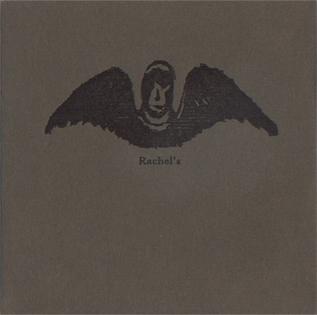| Look up handwriting in Wiktionary, the free dictionary. |
Handwriting may refer to a person's particular style of writing by hand.

Handwriting is the writing done with a writing instrument, such as a pen or pencil, in the hand. Handwriting includes both printing and cursive styles and is separate from formal calligraphy or typeface. Because each person's handwriting is unique and different, it can be used to verify a document's writer. The deterioration of a person's handwriting is also a symptom or result of certain diseases. The inability to produce clear and coherent handwriting is also known as dysgraphia.
Handwriting may also refer to:
- Penmanship, the technique of writing with the hand and a writing instrument
- Hand (handwriting), a distinct style of calligraphy in palaeography
- Manuscript, any written document that is put down by hand
- Handwriting (album), a 1995 album by Rachel's
- Cursive, commonly called "handwriting" in the United States, Canada, Australia and New Zealand

Penmanship is the technique of writing with the hand using a writing instrument. Today, this is most commonly done with a pen, or pencil, but throughout history has included many different implements. The various generic and formal historical styles of writing are called "hands" while an individual's style of penmanship is referred to as "handwriting".

A manuscript was, traditionally, any document that is written by hand -- or, once practical typewriters became available, typewritten -- as opposed to being mechanically printed or reproduced in some indirect or automated way. More recently, the term has come to be understood to further include any written, typed, or word-processed copy of an author's work, as distinguished from its rendition as a printed version of the same. Before the arrival of printing, all documents and books were manuscripts. Manuscripts are not defined by their contents, which may combine writing with mathematical calculations, maps, explanatory figures or illustrations. Manuscripts may be in book form, scrolls or in codex format. Illuminated manuscripts are enriched with pictures, border decorations, elaborately embossed initial letters or full-page illustrations. A document should be at least 75 years old to be considered a manuscript.

Handwriting is the debut LP of the instrumental group Rachel's. It was released in May 1995 on Quarterstick Records.
| Look up handwritten or hand-written in Wiktionary, the free dictionary. |
Handwritten may refer to:
- Handwritten (The Gaslight Anthem album), 2012, or the title track
- Handwritten (Shawn Mendes album), 2015

Handwritten is the fourth studio album by American rock band The Gaslight Anthem, released on July 20, 2012, through Mercury Records. Produced by Brendan O'Brien, the album was preceded by its lead single, "45", and features liner notes by Nick Hornby.

Handwritten is the debut studio album by Canadian singer Shawn Mendes, and was released on April 14, 2015 by Island. It debuted at number one on the US Billboard 200 with first-week sales of 119,000 album-equivalent units, of which 106,000 copies were pure album sales. The album includes "Stitches", which reached top 5 on the US Billboard Hot 100 and number one on the UK Singles Chart for 2 weeks, while its reissue features the US top 20 single "I Know What You Did Last Summer". To promote the album, Mendes performed in several television shows and awards. Two concert tours were also supported by the album: ShawnsFirstHeadlines and Shawn Mendes World Tour.




